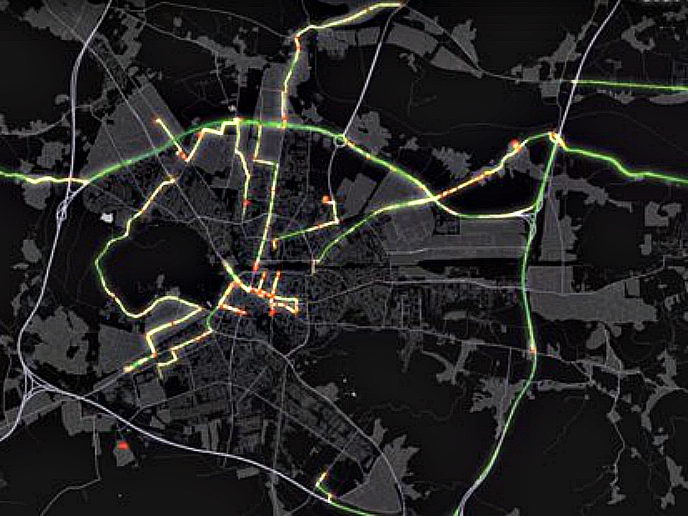Data and tools for atmosphere and climate analyses
Copernicus, formerly known as Global Monitoring for Environment and Security (GMES), is the European programme for studies of environmental information based on EO. It is a system of systems that collects and processes data from multiple sources, and provides users with reliable, up-to-date information through six so-called core services. The EU-funded project 'Monitoring atmospheric composition and climate' (MACC) was designed to meet the requirements for a pilot GMES atmosphere monitoring core service. The core service lines of the EU's Sixth Framework Programme (FP6) project GEMS and the European Space Agency (ESA) GMES service element project Promote formed the foundations of the current initiative. MACC developed services providing data and information with potential impact on sectors such as health, energy and transport as well as on policy implementation. Global service lines covered key aspects related to climate monitoring and change as well as forecasts of reactive gases and aerosols at boundaries for regional models. European services covered regional air quality monitoring and forecasting. The project also provided important services for policy development. Aside from the platform for use by scientists, policymakers and the general public, MACC also contributed to a number of other initiatives and programmes. For example, the project contributed forecasts to the sand and dust storm advisory warning system of the World Meteorological Organization (WMO). The project also provided near real-time forecasts of carbon monoxide, ozone and aerosols to the American HIPPO observational programme. Additionally, MACC input was important to the World Climate Research Programme (WCRP) and the International Geosphere Biosphere Programme (IGBP). Presentations of results and representation at important regional and international meetings and conferences ensure widespread dissemination and impact of project outcomes. Overall, MACC provided data, graphics and modelling capacity for atmospheric monitoring to reduce uncertainty regarding the drivers of climate change. Enhanced predictions will lead to better projections of future global and regional climate scenarios, while services will continue to have important impact on climate and energy research, implementation and policy.







